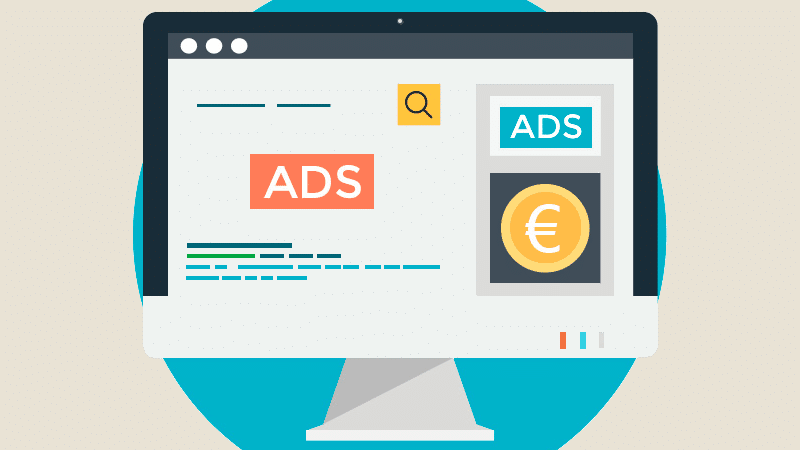Website Design Like Canva: Intuitive, User-Centric, and Customizable Designs

Introduction
Canva has transformed the way people design, from beginners to professionals, by offering an intuitive, user-friendly platform that allows anyone to create stunning visuals. It’s not just about creating social media posts and flyers – Canva’s website design is a prime example of simplicity, accessibility, and customization. If you’re looking to design a website that mirrors Canva’s success, this article breaks down the elements that make it stand out and how you can integrate those principles into your own site design.
What Makes Canva’s Website Design Stand Out?
- Simplicity Meets Functionality
Canva’s website is minimalistic yet highly functional. The layout is clean, with clear categories and an easy-to-use interface that guides users effortlessly through the design process. - Drag-and-Drop Interface
One of the key features of Canva is its drag-and-drop functionality. Users can select, adjust, and place elements on a canvas, providing a seamless design experience without the need for technical skills. - Customizable Templates
Canva provides a massive library of templates, from social media posts to business presentations. These templates are customizable, offering users the freedom to design and personalize their work. - Collaboration Features
Canva’s design platform includes real-time collaboration tools that allow multiple users to edit the same project simultaneously. This is an important feature for businesses and teams that need to work together on designs. - Responsive and Fast
The website is optimized for fast loading times, ensuring a smooth experience for users. Canva also ensures that its design platform is mobile-responsive, allowing users to design on-the-go.
Key Elements of Canva-Inspired Website Design
- Clean and Clutter-Free Layout
Canva’s website design is simple but powerful. To emulate this, ensure that your website focuses on a clean, clutter-free design that puts the content and features front and center. A simple design means users are not overwhelmed, and they can focus on the tasks at hand. - Intuitive User Interface (UI)
Canva’s platform is designed so that even beginners can understand it. Prioritize an intuitive UI with clear buttons, labels, and tooltips. Avoid using complex terminology, and aim for a design that makes navigation natural. - Customization at the Core
Customization is key to Canva’s appeal. Your website should allow users to personalize their experience. Whether it’s changing themes, colors, fonts, or layouts, giving users the freedom to adjust their designs or settings creates a more engaging and personalized experience. - Focus on Visual Design
Just like Canva, your website should be visually appealing. Incorporate vibrant imagery, modern fonts, and engaging visuals to keep users interested. Design elements should complement one another, maintaining a harmonious and aesthetically pleasing appearance. - Real-Time Collaboration Tools
For business or team-oriented websites, consider incorporating collaboration tools like Canva’s. Real-time collaboration allows users to create and edit designs with others, which is a significant advantage for teams working remotely or on shared projects.
Steps to Design a Website Like Canva
- Design with Simplicity in Mind
Keep your website design simple and user-friendly. Limit the number of elements on each page and focus on the core features that will make your website functional. A minimalist design with clear calls-to-action (CTAs) will ensure ease of navigation. - Implement Drag-and-Drop Functionality
If your website involves customization, such as creating graphics, allow users to easily drag and drop elements. Using tools like React, Angular, or jQuery UI, you can incorporate drag-and-drop features that make design adjustments simple and intuitive. - Offer Pre-designed Templates
Much like Canva, provide a library of professionally designed templates that users can start with. Ensure these templates cater to different needs and industries, making them flexible enough for personalization. - Focus on Mobile Responsiveness
Canva’s platform is responsive, meaning users can design from any device. Ensure your website is optimized for mobile use, with a design that adapts to various screen sizes. - Enhance User Experience with Smart Search and Filters
As Canva offers easy search and filtering options to help users find templates, you should provide similar functionalities. A smart search bar and categorized filters will help users quickly find what they need.
Best Practices for a Canva-Inspired Website
- Prioritize Accessibility
Just like Canva, ensure your website is accessible to all users. This means optimizing your site for screen readers, adding alt text to images, and using a legible font size for all content. - Focus on Performance and Speed
To create a seamless experience, make sure your website loads quickly. Compress images and minimize scripts to avoid slow page loading times. Fast performance is crucial for keeping users engaged. - Interactive Elements and Feedback
Canva uses interactive elements such as buttons, hover effects, and animations to enhance the user experience. Implementing similar features can make your website feel more dynamic and engaging. - Provide Tutorials and Help
Canva includes tutorials and help guides for users unfamiliar with design concepts. Offering onboarding tutorials, FAQs, and live chat support can help your users get the most out of your website’s features. - Gamification and Rewards
Canva incorporates gamification elements such as achievement badges and progress trackers. For a more engaging experience, consider adding rewards or gamified elements that encourage users to complete tasks or explore new features.
Advantages of Designing Like Canva
- Enhanced User Engagement: A visually appealing and easy-to-use platform ensures that users will return to your site.
- Higher Conversion Rates: Providing customization tools and templates encourages users to spend more time on your site, leading to higher conversion rates.
- Inclusive Design: Canva’s platform is accessible to all, which attracts a wider audience.
- Scalability: Canva’s model caters to both casual users and professionals, making your website scalable across different user groups.
Conclusion
Designing a website like Canva is all about combining simplicity, user-friendliness, and creativity. By focusing on intuitive interfaces, customization options, and responsive design, you can create a platform that is both functional and visually engaging. Whether you’re building an online design tool, a portfolio website, or a business platform, adopting Canva’s design principles will ensure your website stands out and provides value to your users.
By embracing these core elements—simplicity, customization, and collaboration—you’ll empower users to create, design, and experience your website to its full potential.




